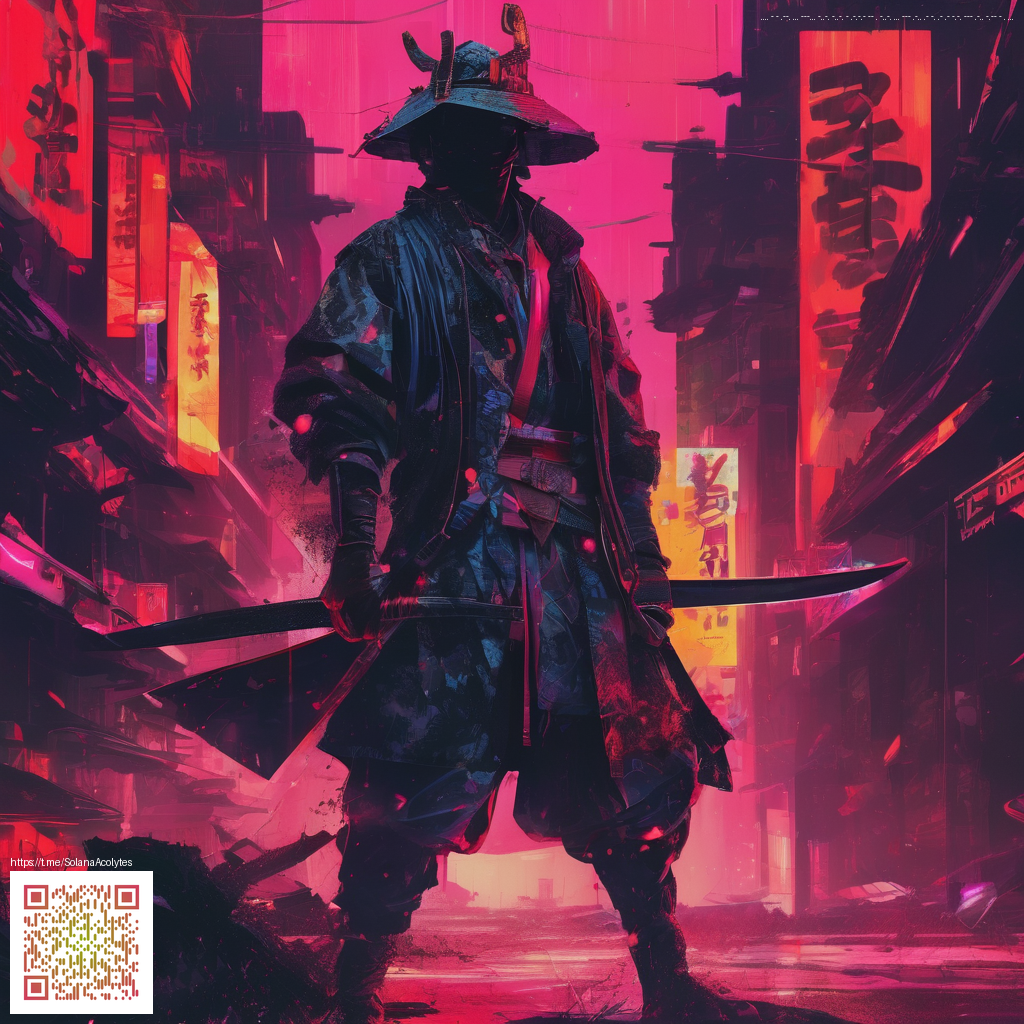
Dragon Age Origins post launch analysis elevates modding
The wake of the games first release brought a thriving modding scene that broadened the scope of what players expect from a classic RPG. Modders transformed the look and feel of the world while re balancing classes and expanding origin stories. Their work kept the journey feeling new long after the initial story beats, turning a finished campaign into a living, evolving universe 💠
On the ground level the tactical combat system remains the backbone of the experience. The ability to pause and issue precise commands to companions created a chessboard like rhythm that many players mastered. After launch creative communities delivered alignments, AI behavior tweaks, and quality of life improvements that helped newcomers and veterans alike approach dungeon crawls with confidence.
Community driven experiments with companions and spell combos demonstrated an enduring appetite for depth. Modded origins opened alternative starting points that reframed early decisions, while texture packs and shader tweaks gave fans new visual flavors 🌑. In short, modding did not simply patch the game it reimagined the very tempo of play.
BioWare has long encouraged player backed experimentation with official tooling and accessible mod support
Tracking post launch updates without losing the magic
Patch history for the original PC release shows the balancing work that kept combat responsive without tipping the scales toward grind. The retail edition eventually settled on patch level 1.05, while the Ultimate Edition carried pre patching that kept players aligned with the base experience yet opened room for community driven tweaks. The ongoing discourse around patch notes also reflected a desire to preserve accessibility for newer players while honoring seasoned veterans who still optimize builds from a decade ago.
As the years rolled on, the modding ecosystem often served as a bridge between official updates and fan made improvements. The community crafted compatibility layers, took on vision based mods that refreshed relics and environments, and shared tutorials that lowered the barrier for newcomers to contribute. This collaborative energy is a reminder that a well supported toolset can outlive a single patch cycle by delivering sustained creative momentum 💠
Modding culture as a living conversation
Modding culture around this title thrives on collaboration. Guides and wikis document the best ways to install content without destabilizing saves, while mod packs curated by trusted creators keep experimentation accessible. The best mods balance challenge with fairness, offering new mechanics that feel like natural extensions rather than forced add ons. The result is a dialogue between players and developers where ideas migrate from fan projects back into the broader community.
For players who crave narrative expansion or new combat archetypes there is a treasure trove of options. The work of the modding community demonstrates a shared passion for a world that rewards experimentation and careful planning. It is a vivid example of how a game can grow alongside its players, turning a single release into a decade plus of conversations and content.
Developer commentary and official tooling
Official toolsets and documentation have remained a focal point for sustaining long term interest. The balance between preserving core design while enabling flexible customization is a tricky line to walk. When developers provide robust tools and clear guidelines, the community can push beyond what the base game envisioned. The ongoing dialogue around updates, patches, and compatibility demonstrates a healthy ecosystem where creators, players, and publishers share a common goal of longevity.
If you are digging into the broader ecosystem around modding and post launch life, these five reads offer complementary angles on color identity, rarity value, modern design ethics, mechanical identity, and practical stitching methods. Each piece contributes a different lens on how digital experiences evolve when hands on deck the wheel.
- Dirty Wererat color identity deep dive
- Mind over rarity and perceived value
- Designing digital invitations with modern eco flair
- Decoding Gempalm Strider and mechanical identity
- Designing digital embroidery from sketch to stitch
If you want to support ongoing work that explores decentralized networks and open collaboration, consider a small donation. It helps fund coverage that champions community driven development while promoting a decentralized internet. Support Decentralized Internet